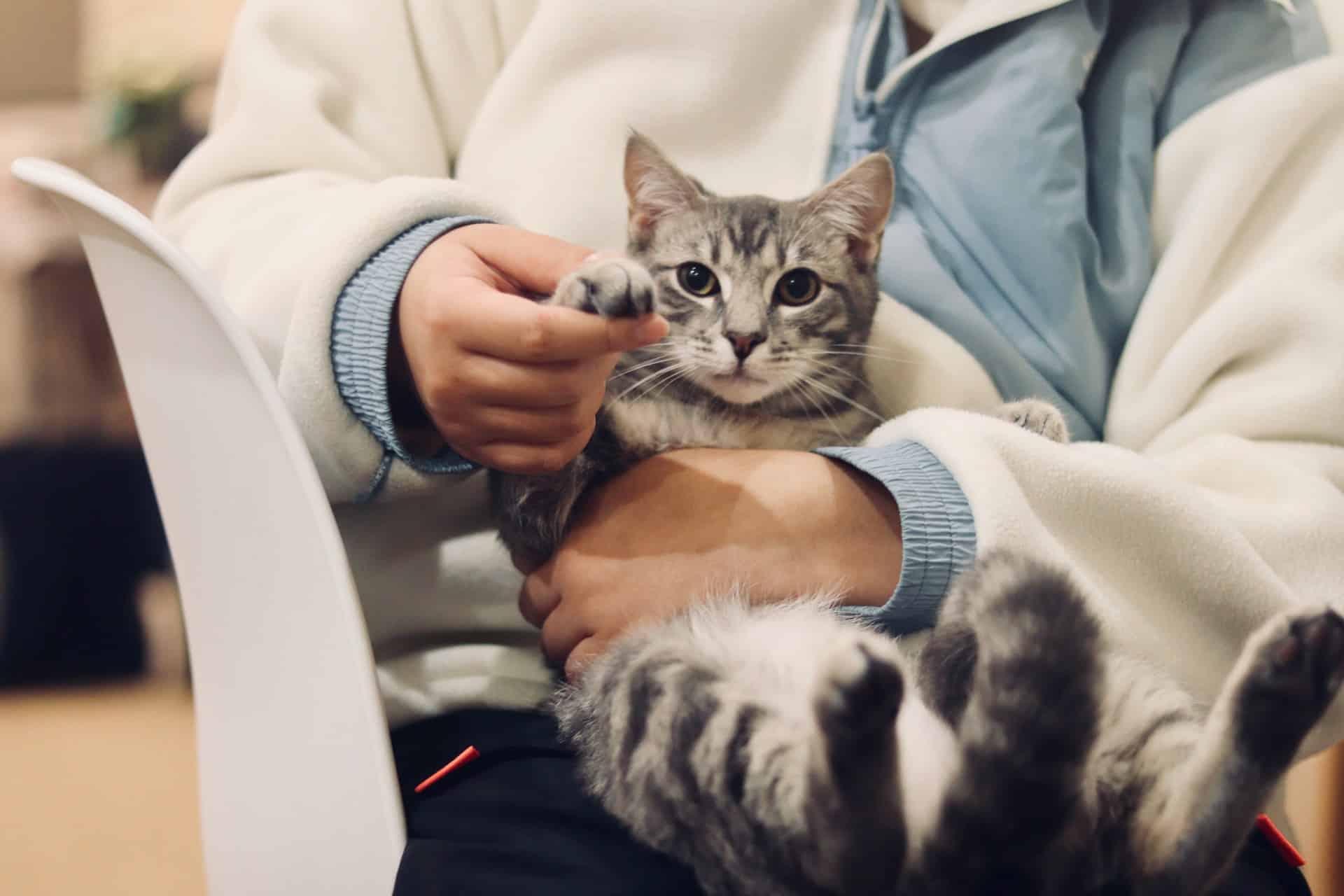Visiting the vet can be a stressful experience for both pets and their owners. However, with proper preparation and understanding, these visits can become less daunting and more productive. The goal is to ensure that your pet receives the best possible care during their time at the vet while you, as the pet owner, are confident and informed. This article will provide you with some tips to make your vet visits successful.
Preparing for the Vet Visit
As pet owners, you should know that your pet’s trip to the vet starts long before you walk through the clinic’s door. Proper preparation can help alleviate stress and make the visit smoother for everyone involved.
A lire en complément : How to teach your pet basic commands
Start by scheduling your vet appointment at a time that is convenient for both you and your pet. Remember, your pet picks up on your stress, so select a time when you are not rushed or anxious. If possible, choose a time when the practice is less busy to minimize the waiting time and reduce the interaction with other pets that might upset your dog.
Before the visit, gather all necessary items. This includes any health records or information about your pet’s condition, a leash or carrier, and some treats. Treats can be used as a distraction and a reward during the examination, helping to keep your pet calm.
Lire également : Tips for creating a pet-friendly backyard
Understanding Your Vet’s Practice
Understanding the veterinary practice is crucial to ensure a successful visit. It’s essential to know the team involved in your pet’s care, the type of services offered, and the practice’s approach to pet health. This can help you communicate effectively with the vet and participate in decision-making about your pet’s care.
The veterinary team typically includes the veterinarian, veterinary technicians, and the receptionist. Each plays a critical role in providing care for your pet. Building a positive relationship with them can enhance the overall experience for you and your pet.
You should also familiarize yourself with the practice’s services. Does the practice provide emergency services? What kind of diagnostic tools do they use? How do they handle serious illnesses? Understanding these aspects can help you know what to expect during the visit.
Communicating With the Vet
Effective communication with the vet is a vital part of a successful vet visit. It’s not just about relaying your pet’s health issues, but also about gaining clear, comprehensive information about your pet’s condition and the proposed treatment plan.
Start by providing a detailed history of your pet’s health. This includes any changes in behavior, eating habits, physical symptoms, or other issues you may have noticed. Remember, you know your pet best, and this information can be invaluable in helping the vet make an accurate diagnosis.
Be sure to ask questions. If there is anything you don’t understand, don’t hesitate to request clarification. A good vet will take the time to explain things in a way that you can understand.
After the Vet Visit
Remember, your role as a pet owner doesn’t end after the vet visit. It’s essential to follow through with the vet’s instructions concerning medication, diet, exercise, and follow-up visits.
Ensure you understand how and when to administer any prescribed medication. Do not hesitate to call the vet if you have any questions or concerns. It’s better to ask than to risk your pet’s health.
Monitor your pet’s condition after the visit. If your pet seems overly stressed or their symptoms worsen, contact the vet immediately. Sometimes, the stress of the vet visit can exacerbate health issues, and early intervention can make a significant difference.
Creating a Positive Experience
Visiting the vet doesn’t have to be a traumatic experience for your pet. With a bit of effort and preparation, you can create a positive experience that enhances your pet’s health and wellbeing.
One key way to do this is by making the vet visit fun. Bring along your pet’s favorite toy or blanket. This can provide comfort and a sense of familiarity. You can also use treats to create positive associations with the vet visit.
Make an effort to keep yourself calm and collected, as pets often mirror their owners’ emotions. The more relaxed you are, the more relaxed your pet will be.
Lastly, praise and reward your pet after the visit. This reinforces the idea that they did well and helps create positive associations with the vet visit.
Veterinary Insurance and Fear-Free Practices
In this era where medical costs are skyrocketing, having insurance for your pet makes a lot of sense. Pet insurance helps cover the costs of veterinary care, which can be quite expensive, especially for serious conditions or emergencies. Before your vet visit, check your pet insurance policy to understand what is covered, so there are no unpleasant surprises later.
In addition to having insurance, a key component of a successful vet visit is minimizing stress and fear for your pet. In recent times, there has been a growing emphasis on creating fear-free environments at veterinary practices. Fear-free practices make use of various techniques to reduce stress and anxiety in pets, such as using calming pheromones in the exam room, using gentle handling techniques, and providing a quiet, comfortable waiting area.
You can ask your vet if they follow fear-free practices. If they do not, you may want to consider finding a veterinary practice that does. A fear-free vet visit can significantly improve your pet’s experience and willingness to cooperate during exams, making the visit more productive and less stressful for both of you.
Lastly, if your pet has severe anxiety about vet visits, consider asking your vet about options for sedation or anxiety medication. This can help your pet stay calm and ensure that they get the necessary care without undue stress or fear.
Conclusion: Building a Lasting Relationship with your Vet
In conclusion, a successful veterinary visit is a collaborative effort between you, your pet, and the veterinary team. As a pet parent, your role is to prepare your pet for the visit, communicate effectively with the vet, and follow through with the vet’s instructions. On the other hand, the vet’s role is to provide the best healthcare possible for your pet in a stress-free and fear-free environment.
Building a lasting relationship with your veterinary hospital is beneficial in the long run. Not only does it make each vet visit more manageable, but it also improves the overall health and wellbeing of your pet. Regular, stress-free vet visits can lead to early detection and treatment of health issues, ensuring that your furry friend stays happy and healthy for years to come.
A good relationship with your vet is based on trust, communication, and mutual respect. Therefore, don’t hesitate to discuss any concerns or suggestions you may have with your vet. This could involve discussing the use of positive reinforcement during examinations, or even establishing a series of ‘happy visits’ to the vet office, solely aimed at creating positive associations with the environment.
At the end of the day, remember that everyone involved in the vet visit shares the same goal: to ensure the best possible health for your pet. With preparation, understanding, and effective communication, you can make each vet visit a successful and positive experience for both you and your pet.











